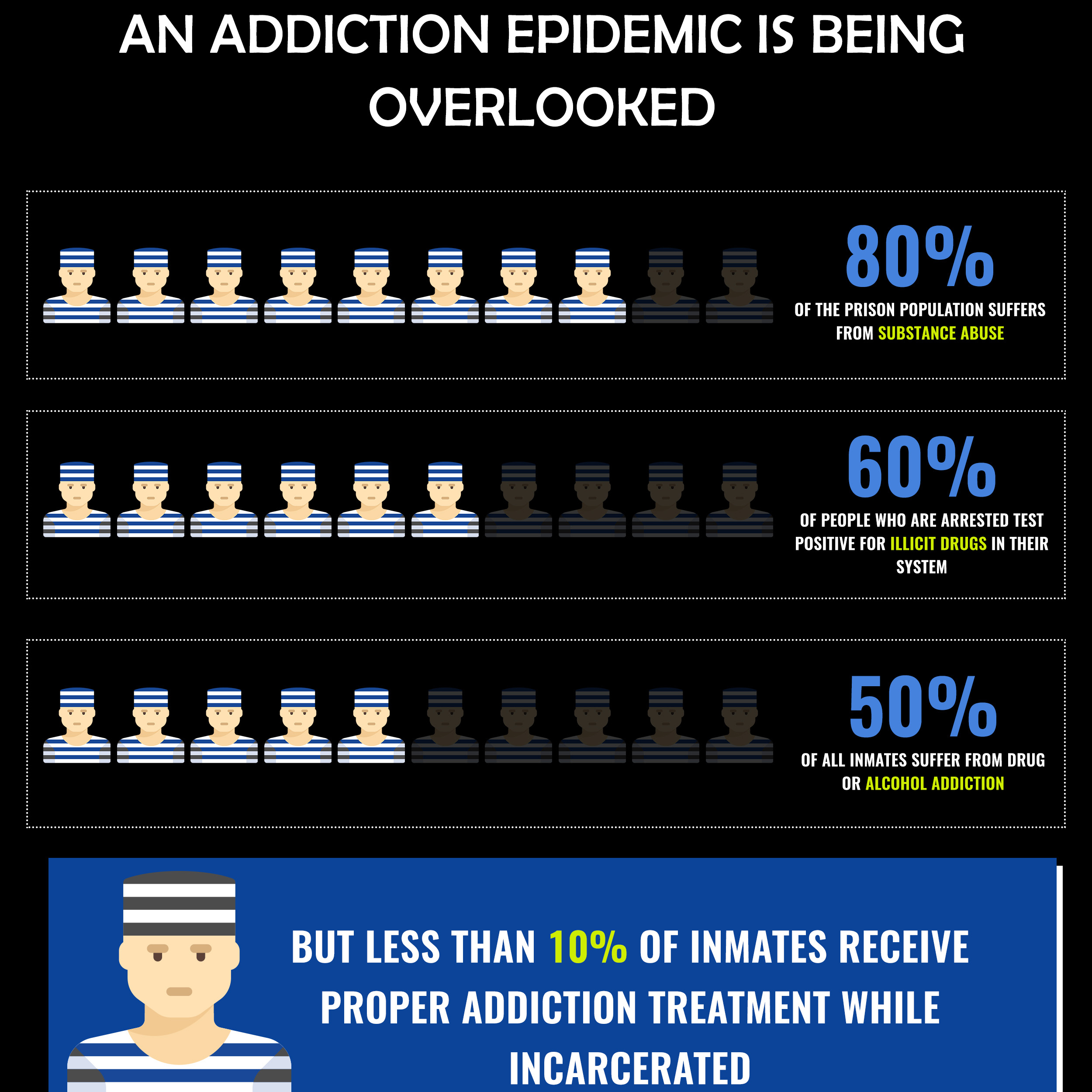The treatment or referral for treatment of trainees with existing social, psychological, or behavioral health issue. The early recognition of social, psychological, or behavioral issues and the provision of early intervention services (how does physical activity affect mental health). The development and application of programs to assist kids in dealing with violence. The handling of school suicides to ensure school leaders effectively interact with trainees, instructors, and households while also doing whatever in their power to avoid another suicide.
Using referral systems that effectively connect such students to treatment and intervention services in the school and in the neighborhood. Methods that promote a favorable school environment. Models for school-based cooperation, coordination, and assessment. How to handle suicide when it occurs and what to do to avoid future suicides.
School-Based Mental Health Providers. Obtained from: http://pediatrics.aappublications.org/content/113/6/1839.full. National Institute of Mental Health, U.S. Department of Health and Human Services (2017 ). Psychological Health problem. Obtained from: https://www.nimh.nih.gov/health/statistics/mental-illness.shtml. American School Therapist Association( 2017). State-By-State Student-To-Counselor Ratio Report: 10 Year Patterns. Retrieved from: https://www.schoolcounselor.org/asca/media/asca/Publications/ratioreport.pdf. American School Counselor Association. The Function of the Expert School Counselor. Union to Assistance Grieving Trainees (2015). Crisis & Special Situations: Suicide.

Retrieved from: https://grievingstudents.org/modules/crisis-special-circumstances/. Committee for Education Financing( 2014). FY 2015 Budget Plan Response. Recovered from: http://cef.org. Cowan, K. C., Vaillancourt, K., Rossen, E., & Pollitt, K.( 2013). A structure for safe and successful schools. Recovered from the National Association of School Psychologists site: http://www.nasponline.org/resources/framework-safe-and-successful-schools.aspx. Building Ranks: A Comprehensive Structure for Effective School Leaders. Recovered from: https://www.nassp.org/professional-learning/building-ranks-for-school-leaders/ National Association of School Psychologists( 2016). School-Based Mental Health Services: Improving Student Learning and Wellness. Retrieved from: https://www.nasponline.org/resources-and-publications/resources/mental-health/school-psychology-and-mental-health/school-based-mental-health-services Schwarz, Susan Wile( 2009). Adolescent Mental Health in the United States. Retrieved from the National Center for Kid in Povertywebsite: http://www.nccp.org/publications/pub_878.html. how does social media affect mental health. Michael EdD, Abel, Madelaine R. Bachelor's Degree, Hoover, Sharon PhD, Jellinek, Michael MD, Fazel, Mina DM, MRC Psych( 2017). Scope, Scale, and Dose of the World's Largest School-Based Mental Health Programs. Retrieved from the Harvard Evaluation of Psychiatry: https://journals.lww.com/hrpjournal/Abstract/2017/09000/Scope,_Scale,_and_Dose_of_the_World_s_Largest. 4. aspx Shain, B( 2007). Suicide and Suicide Attempts in Adolescents. Retrieved from the American Academy of Pediatrics site: http://pediatrics.aappublications.org/content/120/3/669.full. National Center for School Crisis and Bereavement. Obtained from: https://sowkweb.usc.edu/about/centers-affiliations/national-center-school-crisis-and-bereavement. U.S. Department of Education Office for Civil Liberty( 2014). Civil Rights Data Collection: Teacher Equity. Obtained from: http://ocrdata.ed.gov/Downloads/CRDC-Teacher-Equity-Snapshot.pdf. Scientists in Sweden are carrying out a prospective cohort study to examine the association in between teaching practices and social environments in schools and the threat of teen psychological health issues and psychiatric disorders. The research study protocol was released in BMC Psychiatry." Longitudinal research studies indicate strong associations in between school proficiency.
How Does Mental Health Affect Homelessness for Dummies
and signs of psychological health throughout adulthood, however the systems of such associations are not fully elucidated," wrote Maria Rosaria Galanti, MD, PhD, from the Department of Public Health Sciences in the Centre for Epidemiology and Community Medicine( CES) at the Karolinska Institutet Alcohol Detox in Stockholm County's Health Care District( SLSO) and colleagues." Due to the fact that of the several paths involved, a particular focus is sometimes put on what kids bring with them when they go into schools (eg, kids's social background) instead of on school environment or the intricate interaction between numerous impacts," the authors composed. The researchers are performing the Kupol study( an acronym for" Understanding on young individuals's mental health and knowing" in Swedish), a potential cohort research study to examine modifications in teenagers' mental health in relation to changes in school. The researchers recruited seventh graders from the academic year of 2013-2014 and 2014-2015 in both city and rural areas of 8 areas of southern and central Sweden: Gvleborg, Jnkping, Stockholm, Sdermanland, Uppsala, Vrmland, Vstmanland, and rebro. Of the 535 eligible schools, 101 (19%) were willing to take part in the research study. Moms and dads were also invited to take part. The bulk of the individuals had highly educated moms and dads. 2 follow up surveys were conducted during the years when the children were still in obligatory school, with a 3rd planned throughout the shift to upper secondary school (2017-2019). Perceptions of the school's culture, track record, and social climate is being collected from children and teachers using the PESOC scale( Pedagogical and Social Climate of a school). The Center for Epidemiologic Research Anxiety Scale for Kid( CES-DC) is likewise being used. At baseline, 5% of the scores from the SDQ and 9.6% of the scores from the CES-DS suggested mental health issues. Saliva samples will likewise be collected from about 1500 students at baseline and at the end of 9th grade. Additional info about class, family, and child attributes was collected at baseline and at follow-up to gain insight into possible confounding elements." The main strengths of the Kupol study include its longitudinal style, with yearly information collection during and beyond upper main school, and the broad variety of details available on different levels, using multiinformant and multi-method assessments." In summary, the Kupol study friend offers a special platform to examine the association between.
various measurements of school level aspects and psychological health amongst adolescents - how does stress affect mental health." Galanti MR, Hultin H, Dalman C, et al. School environment and mental health in early adolescence a longitudinal research study in Sweden (KUPOL). BMC Psychiatry. Lots of students feel worry when initially acknowledging a mental health problem within themselves, as they may not have the ability to determine where it came from. Students who previously felt anxious during public speaking but unexpectedly experience overwhelming panic understandably battle to determine what changed. Aspects such as significant life changes, politics, household, academic pressure, relationship problems, and cash can all add to modifications in mental health. Suicide is the third leading cause of death in students aged 1024, with 90 percent of those dying by suicide having an underlying psychological disease. 37 percent of students aged 14 or older with a psychological health problem leave of school. Of the youth in local or state juvenile justice centers, 70 percent have a mental illness. By going without counseling, medication, and other useful tools for treating anxiety, children are likely to experience longreaching concerns. Stress and anxiety disorders have been on the rise in K12 children because at least the 1950s and studies reveal that numbers are.
anticipated to continue increasing in the coming years. Stress and anxiety can be a regular part of youth if experienced in stages, but trainees with ongoing signs frequently have a treatable anxiety disorder. In addition to hurting concentration, both can lead to racing thoughts, poor judgment, and impaired memory. On the emotional spectrum, depression, agitation, and the failure to relax can result, resulting in procrastination or, for some trainees, self-medication with drugs and alcohol. Stress and anxiety and tension may likewise manifest themselves physically, causing trainees to experience nausea, fast heartbeat, lightheadedness, and chest discomforts. Since students can in some cases feel (unnecessarily) ashamed about having a psychological health concern, numerous find it valuable to make the most of online support groups. These spaces provide privacy, several viewpoints, and.

different stories of how the illness affects them. They are also free. Considered that stress and anxiety can make trainees feel powerless, some find that discovering more about the problem and how to handle it can help them feel more in control.